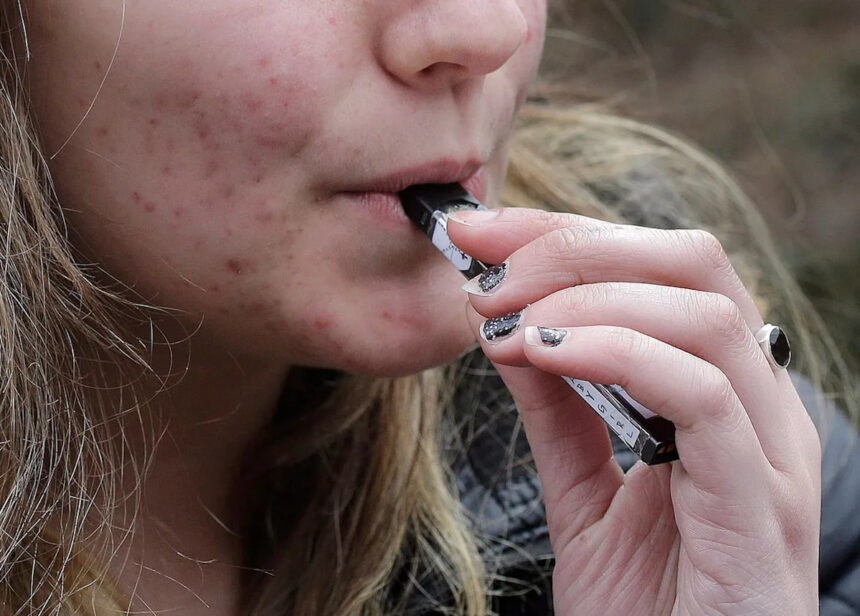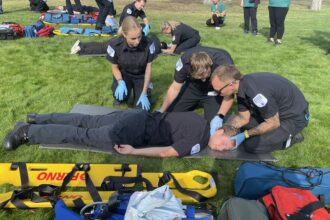New Brunswick Youth Health Survey Shows Lag in National Results
The picture of youth health in New Brunswick has taken a concerning turn, with recent provincial survey results highlighting significant gaps between the province’s young people and their Canadian counterparts. Released yesterday after extensive data collection across the province, the survey paints a troubling portrait of declining physical activity, deteriorating mental health, and increasing substance use among adolescents.
“These findings should serve as a wake-up call for policymakers, educators, and parents alike,” says Dr. Melissa Johnston, lead researcher for the New Brunswick Youth Health Initiative. “We’re witnessing a generation that’s struggling with fundamental health metrics at rates we haven’t seen before.”
The comprehensive study, which sampled over 12,000 students from grades 6-12, reveals that only 37% of New Brunswick youth meet the recommended 60 minutes of daily physical activity—a sharp decline from 48% in 2018 and significantly below the national average of 51%. This sedentary lifestyle trend correlates directly with rising obesity rates, which have increased by 7.3 percentage points since the last survey.
Perhaps most alarming are the mental health statistics. A staggering 63% of respondents reported experiencing moderate to severe anxiety symptoms, compared to the national average of 51%. Depression indicators have similarly increased, with 41% of youth showing signs of clinical depression—up from 32% in the previous provincial assessment.
The pandemic’s lingering effects appear prominently in the data. Extended periods of isolation, disrupted educational routines, and reduced access to support systems have exacerbated existing challenges. “We’re still unwrapping the full impact of COVID-19 on this generation,” notes Dr. Johnston. “The pandemic didn’t just interrupt their social development; it fundamentally altered how many young people view their futures.”
Digital habits feature prominently in the survey’s findings. New Brunswick youth report spending an average of 7.2 hours daily on screens outside of school work—nearly an hour more than the Canadian average. This excessive screen time correlates strongly with reported sleep disruptions, with 68% of respondents indicating they get less than the recommended 8-10 hours of sleep per night.
Provincial health officials have responded with promises of new initiatives. Health Minister Patricia Davidson announced a $4.2 million investment in school-based mental health services following the survey’s release. “The health of our young people must be a priority if we want to build a thriving future for our province,” Davidson stated at a press conference in Fredericton.
Substance use patterns have also shifted, reflecting national trends but with concerning provincial distinctions. While tobacco use continues its long-term decline, vaping has increased dramatically, with 29% of high school students reporting regular e-cigarette use—five percentage points higher than the national average. Cannabis use remains stable but alcohol consumption has risen, particularly among younger adolescents.
Education officials are incorporating the findings into curriculum planning. “We’re developing comprehensive health education modules that address these specific challenges,” explains Dr. Robert Williams, superintendent of the Anglophone East School District. “But schools can’t solve this alone—we need community-wide commitment.”
The survey did reveal some positive outcomes. Youth reporting strong family connections showed significantly better health outcomes across all metrics. Additionally, students involved in organized sports or arts programs demonstrated greater resilience and lower rates of mental health challenges.
For parents like Sarah Mackenzie of Moncton, whose two teenagers participated in the survey, the results confirm observations from home. “I’ve watched my kids struggle with these exact issues—the constant phone use, the anxiety, the resistance to physical activity,” she says. “As parents, we need better tools to help them navigate these challenges.”
As New Brunswick grapples with these findings, the question becomes not just how to address immediate health concerns, but how to create environments where youth can truly thrive in an increasingly complex world. Can the province bridge this widening gap between its youth and their national peers, or will these troubling trends define a generation’s future health outcomes?
For more coverage on health initiatives and developments across Canada, visit our dedicated health section at CO24 News.










